Food is one of the most significant aspects of the lives of humans, and it is no different for dogs. However, dogs prefer to avoid the luxury of selecting what they would get to eat. Human parents decide what is best for their babies regarding their health, enjoyment, and energy level.
Freshly prepared food for dogs has become more popular with brands such as Ollie, which uses human-grade ingredients. It means that you have more options now about this. However, selecting the best food for them can be rather challenging.
The first step is to talk to your veterinarian.
Fresh food for dogs
Fresh food is always the best choice for your dog’s regular diet. Your dog needs essential nutrients for its health and well-being. Feeding your dogs a diet made of real and natural ingredients such as the following can do wonders for their well-being in general.
Fresh food for your dog:
- beef
- chicken
- lamb
- peas
- spinach
- carrots
- blueberries
Fresh dog food has so many benefits as the following:
- promoting heart health
- increasing energy level
- making coats shiny
- improving breath smell
- improving eyesight
- impacting their stool
However, if you want to cook for your dog, it would take time and space and affect your finances. Merck Veterinary Manual says most homemade foods are not subjected to the same rigorous testing and scrutiny as commercially balanced and complete diets.
So, to feed your dog a fresh diet, you must prepare and cook it using recipes formulated by a veterinary nutritionist.
Companies that offer fresh food delivery service for dogs, such as Ollie, collaborate with canine nutritionists to create personalized formulas and cooking methods – they include the minerals and vitamins that satisfy the dog food standards set by AAFCO (Association of American Feed Control Officials).
They also calculate the exact number of calories your dog needs based on factors such as the following:
- weight
- breed
- age
- activity level
- body composition
They also consider any allergies your baby may have while formulating these foods.
What to look for in fresh food?
In most cases, you have to subscribe to fresh food services would be delivered to your door. The best among these collaborate with veterinary nutritionists to come up with a plan that is customized specifically for your dog. They would often offer you options in these areas:
- recipe choices
- portion size
- frequency of delivery
They would also provide you with information on the ingredients in a way that would be easy for you to understand the following aspects:
- ingredients
- feeding schedules
- keeping the food fresh
Raw diet or Raw Dog Food
Raw food for your dog could be any of these:
- homemade
- store-brought
- freeze-dried
- dehydrated
A raw diet for your dog would usually include the following:
- organ meats
- muscle meat
- ground or whole bone
- raw eggs
- dog-safe fresh vegetables and fruits
- dairy products such as yogurt
People who advocate raw dog foods cite the following benefits of such food:
- shinier coats
- healthier skin
- improved dental health
- increased energy
- smaller stools
Some veterinary doctors state that raw diets are inappropriate for dogs sharing their homes with people with compromised immune systems and young children. You also need to take meticulous care in handling, sanitizing, and preparing raw food for dogs.
If your dog suffers from any disease, such as cancer or pancreatitis, they might need cooked food. If you have puppies, it would be better if you fed them cooked food. However, American Veterinary Medical Association opposes the unregulated feeding of raw food to dogs.
Read also: How To Make Homemade Dog Food Instantly?
What to look for in raw food?
You need to find a veterinarian who knows all about your dog’s health when you are trying to feed them raw food. They must also be familiar with raw foods and should be able to guide you in cleaning and handling such food properly.
All these factors are necessary when it comes to avoiding the health concerns that could otherwise happen with feeding your dog a raw diet.
Kibble Dog Food
Also known as dry food, kibble’s ingredients vary from brand to brand. However, all of them are supposed to be balanced and meet a dog’s nutritional requirements.
USDA (US Department of Agriculture) regulations state that all foods fed to animals must be safe to eat and produced in sanitary conditions. They must not contain harmful substances and should be labeled truthfully. In kibble, the ingredients are cooked and processed together.
The following ingredients are needed in Kibble dog food
- protein sources such as beef, fish, poultry, and eggs
- grains
- cereals
- vitamins, antioxidants, and minerals
However, please remember that all dry foods use preservatives to ensure the fat does not become rancid. Some brands also have extra sugar and other low-quality ingredients. In some cases, they are high in carbohydrate content.
Read Also: Do Dogs Need Protein Rich Food?
What to look for in kibble?
If you are getting kibble for your dog, always read the label and look for those products containing protein as the first ingredient rather than grains. The best products in this category have a single source of protein, like chicken or lamb.
You get grains-free diets, but your dogs need carbohydrates in their food for energy. It is significant to be careful while choosing grains, as some dogs are sensitive to wheat, soybeans, and corn.
A checklist for selecting your dog’s kibble food
First of all, has the product been labeled balanced and complete based on the categorization standards of AAFCO? If you find a reputable brand that does not have such a classification, could you find out why that is the case? Always look for reputable companies that use the best ingredients in terms of quality, and ensure that the top three elements are meat-based. Avoid foods with filler ingredients, additives, or synthetics, such as wheat, soy, and corn.
Are dogs omnivores or carnivores?
Just like domesticated cats, dogs enjoy a diet that happens to be rich in meat. However, they are also supposed to like non-meat foods. Evolution has gifted dogs with a varied set of teeth. Some are pointed and sharp and used for tearing meat, and some are wide and flat, which helps them chew plant matter.
Besides their versatile dental composition, a dog’s digestive tract can break down animal and plant matter. As omnivores, they also have longer intestines that facilitate the breaking down of plant matter which is different than that of true carnivores such as cats.
Conclusion
The food we provide to our dogs makes a substantial difference to their well-being and health. Hence, letting the experts decide the best food for them makes much sense. Veterinary nutritionists at leading brands like Ollie use the newest advancements in research to create the best recipes for your dog.
These recipes include fresh ingredients that ensure your baby’s brain functions healthily. Such foods also address their gastrointestinal sensitivities and manage their allergies. They are also ideally proportioned to make sure your dog has the ideal weight.
FAQs
Que: Is it better to feed dogs raw food or kibble?
Ans: Both raw and kibble food benefit a dog, but raw food is the better option as it comprises biologically appropriate ingredients and is fresh. It makes sure that eating them boosts your baby’s health.
Que: Is raw food the same as fresh dog food?
Ans: No, fresh dog food is different from raw. Fresh dog food does not contain any preservatives like raw dog food.
Que: Why should I feed kibble instead of raw food?
Ans: There are several benefits of kibble food for dogs, such as the following:
- reduced dental plaque
- healthier gums
- lower risk of bacteria
- easier to store
- lower risk of spoilage
- lower cost
Que: Is raw food better than kibble for digestion?
Ans: A raw meat-based diet is easier for your dog to digest and even provides the fuel for their gut environment to be healthy and effective. It also means that they have better overall health.
Que: Do vets recommend a raw diet?
Ans: CVM (Centre for Veterinary Medicine), CDC (Centres for Disease Control and Prevention), and FDA (Food and Drug Administration) are united in their stand that feeding raw food could be dangerous for your dog and you.

 DogExpress
DogExpress

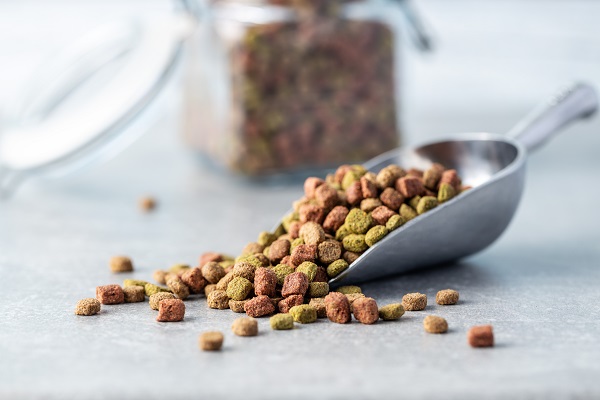
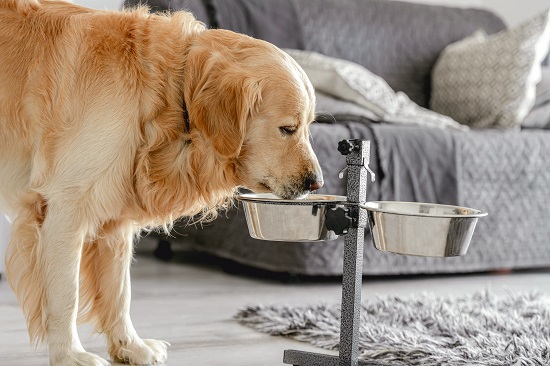
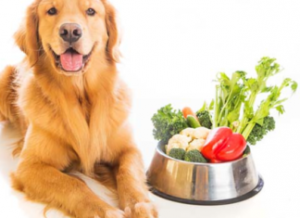
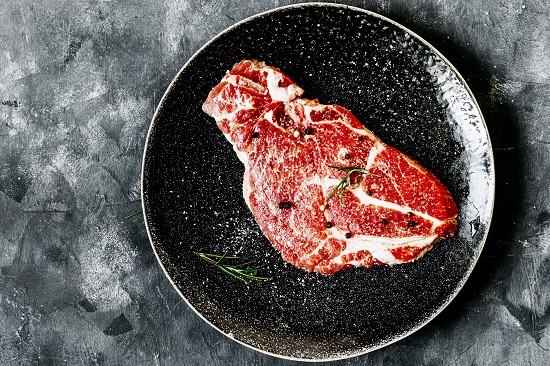
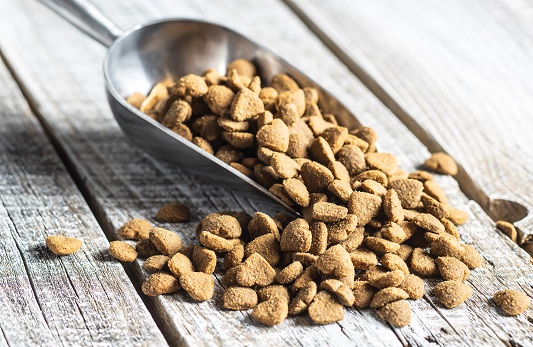


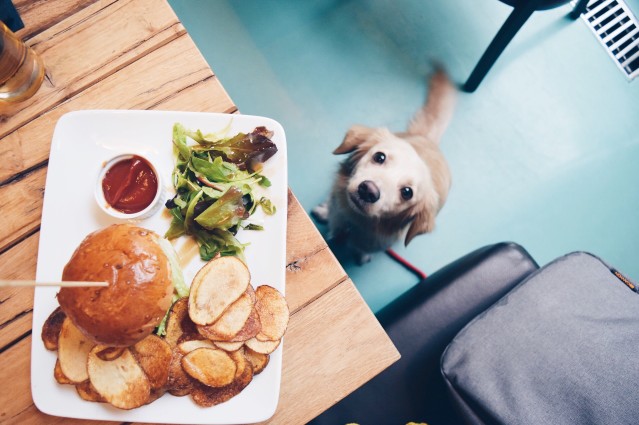
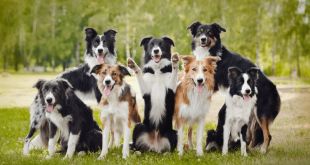













 in Chandigarh, India.
in Chandigarh, India. 
